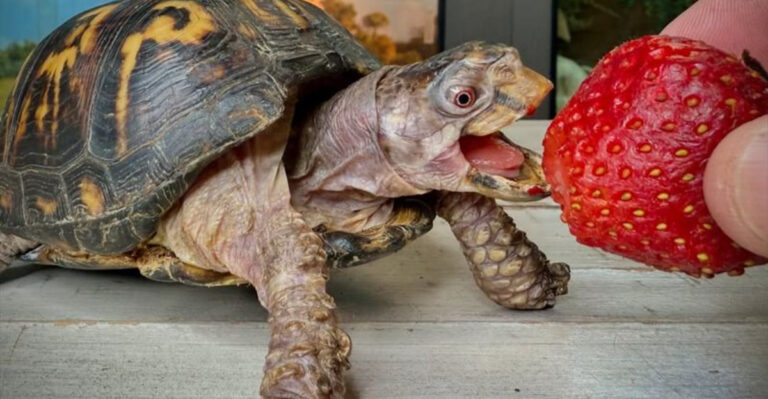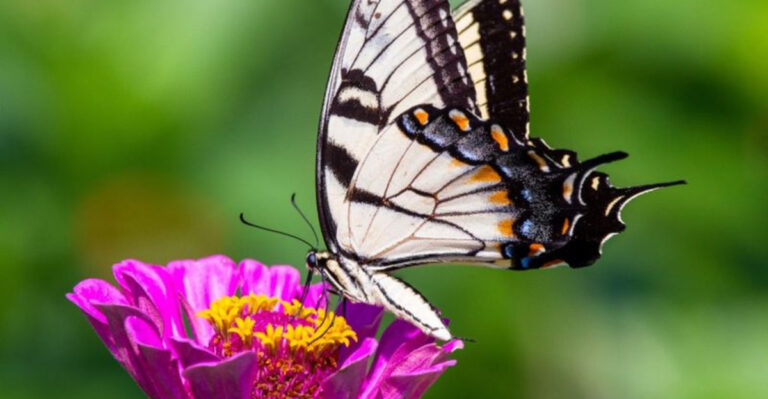Don’t Miss Georgia’s Breathtaking Monarch Butterfly Migration This Fall (Here’s What To Know)

Every autumn, Georgia becomes a highway for one of nature’s most spectacular journeys. Millions of monarch butterflies pass through the state on their epic 3,000-mile migration to Mexico.
These delicate orange and black travelers transform Georgia’s landscapes into living works of art as they fuel up for their incredible journey south. For butterfly enthusiasts and nature lovers alike, it’s a once-a-year phenomenon you won’t want to miss.
1. Peak Migration Timing Creates Spectacular Displays
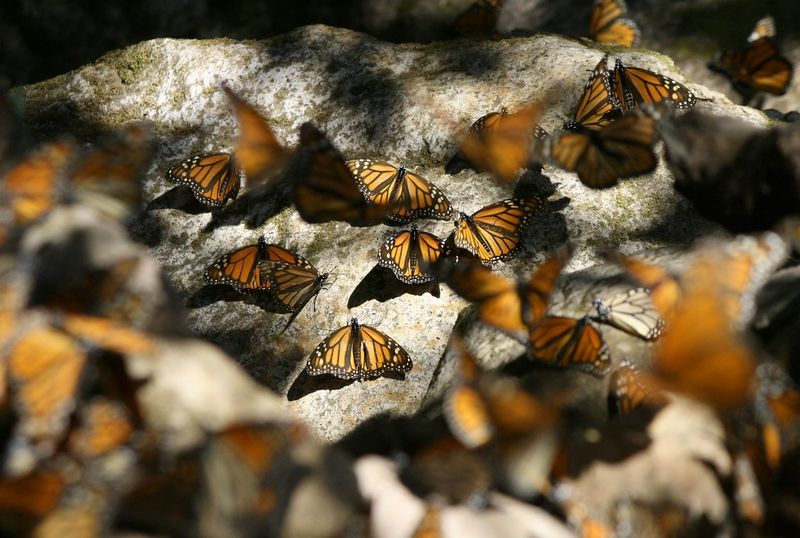
Late September through mid-October marks the height of monarch magic across Georgia. During these precious few weeks, the skies fill with fluttering orange wings as thousands of butterflies ride southbound air currents.
Lucky observers might spot dozens or even hundreds in a single field on perfect migration days. The butterflies follow invisible aerial highways, concentrating along ridgelines and coastal corridors where favorable winds speed their journey.
2. Georgia’s Coast Offers Prime Viewing Opportunities

Barrier islands become butterfly highways during migration season. Places like Jekyll Island, Cumberland Island, and St. Simons transform into temporary monarch havens as the insects prepare for Gulf crossings.
Salt marshes and coastal meadows provide critical refueling stops. Morning walks along dune crossovers often reveal butterflies warming their wings in the early sun, while afternoon breezes bring waves of monarchs gliding along the shoreline.
3. Weather Conditions Dramatically Affect Butterfly Movement

Monarchs become weather watchers during migration. They’ll hunker down on cloudy, cool days, often clinging to vegetation while waiting for better conditions.
Warm, sunny days with light northerly winds create perfect migration conditions. That’s when the real show happens! After cold fronts pass through Georgia, massive waves of monarchs often appear within 24-48 hours, riding the favorable tailwinds that help conserve their energy.
4. Open Habitats Provide Best Butterfly Viewing
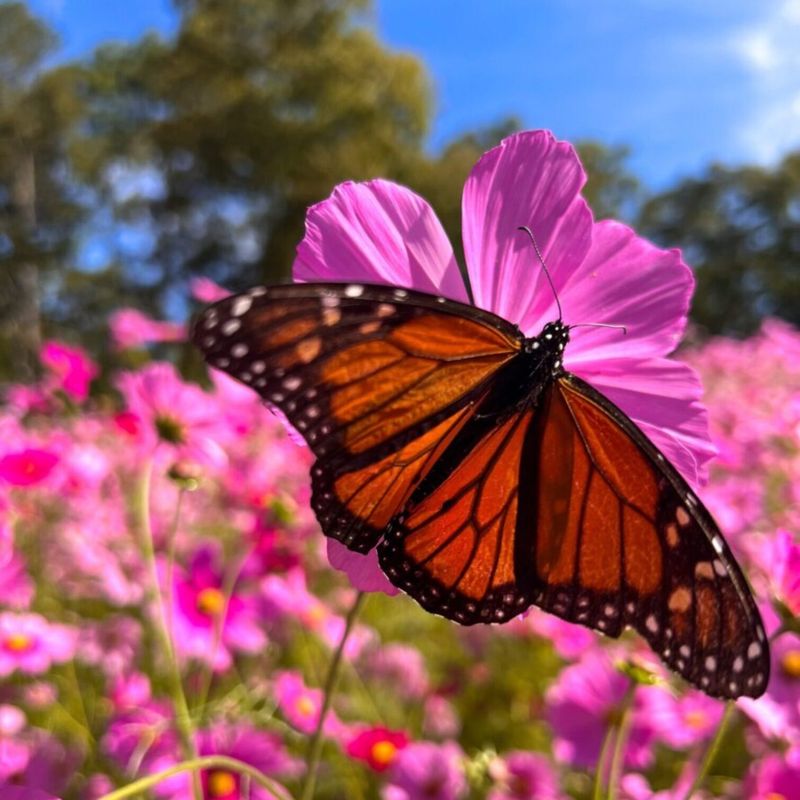
Meadows burst with monarch activity during peak migration. The combination of open space and abundant flowers creates ideal butterfly highways where dozens can be spotted simultaneously.
Public gardens shine as viewing hotspots during fall migration. The State Botanical Garden in Athens and Callaway Gardens near Pine Mountain maintain butterfly-friendly plantings that attract migrating monarchs. Early mornings often offer the most rewarding viewing before butterflies become active flyers.
5. Native Plants Power The Monarch Journey

Goldenrod stands tall as the monarch’s favorite fall fuel. These bright yellow blooms provide essential nectar that powers their long-distance flight, which explains why you’ll often find clusters of monarchs feeding frantically on these flowers.
Late-blooming asters, ironweed, and remaining milkweed patches also serve as critical pit stops. The butterflies can visit hundreds of flowers daily, drinking enough nectar to sustain their remarkable journey south.
6. Georgia’s Geography Creates Natural Migration Funnels
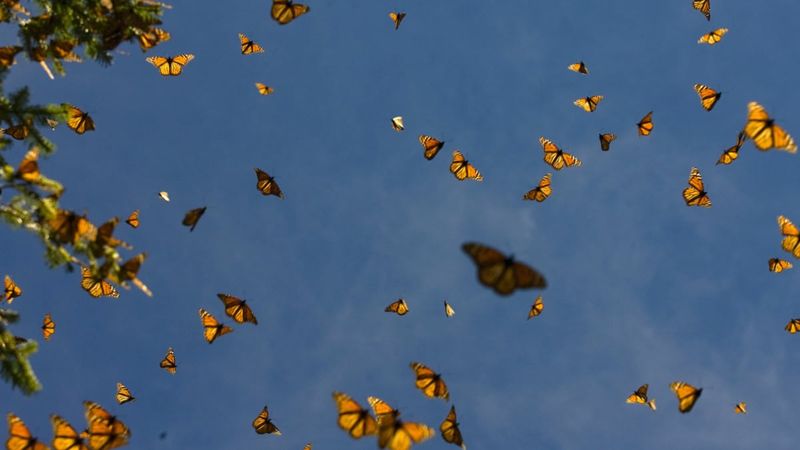
The Appalachian ridgelines channel monarchs southward like natural highways. These mountain corridors create updrafts that butterflies ride to conserve energy, concentrating migrants along predictable routes.
The Piedmont region becomes a butterfly bottleneck each fall. This transitional zone between mountains and coastal plain channels migrating monarchs through central Georgia communities like Macon and Columbus. Butterfly counts in these areas regularly record thousands of monarchs passing through during peak days.
7. Evening Roosting Behavior Creates Magical Moments

As daylight fades, monarchs seek overnight shelter in trees. They form breathtaking clusters, sometimes hundreds strong, hanging from branches in protected areas away from wind.
These roosts often form in the same locations year after year. Pine stands near meadows and deciduous trees at forest edges make popular roosting sites. The butterflies huddle together for warmth and protection, creating orange clusters visible from surprising distances.
8. Citizen Science Programs Track The Massive Migration
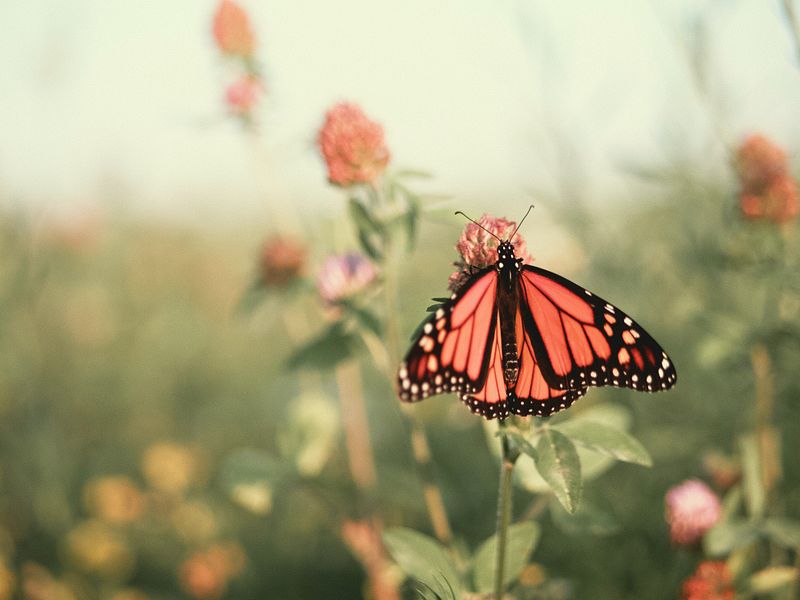
Butterfly tagging transforms casual observers into migration scientists. Small adhesive tags placed on monarch wings help researchers track migration routes, survival rates, and travel speeds as the butterflies journey toward Mexico.
Georgia’s Monarch Across Georgia program coordinates volunteer tagging efforts throughout the state. Nature centers like Elachee in Gainesville and Dunwoody Nature Center near Atlanta host public tagging events where families can participate in hands-on butterfly research during peak migration weeks.
9. Weather Patterns Trigger Massive Butterfly Movements
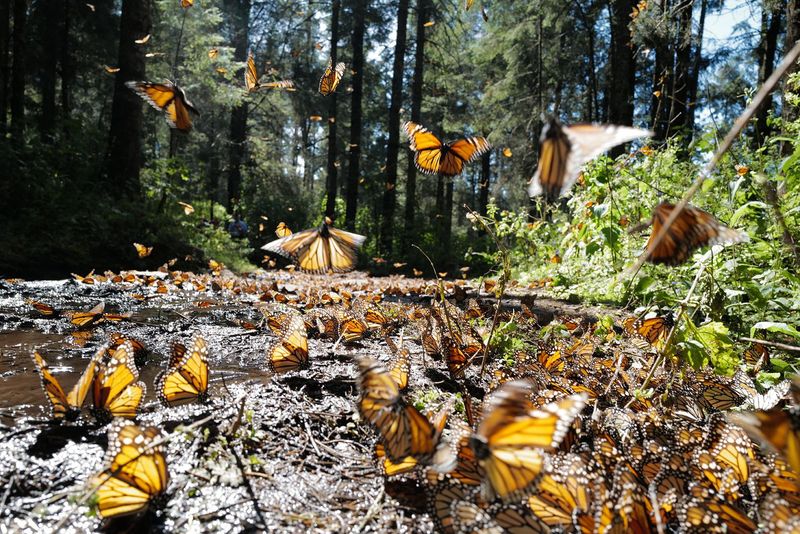
Cold fronts act as butterfly starting guns during fall migration. When temperatures drop in the north, monarchs respond by moving south en masse, creating spectacular waves of migrants flowing through Georgia.
The first major cold front in September often brings the initial migration surge. Local butterfly enthusiasts watch weather forecasts closely, knowing that northerly winds following a front will deliver monarchs within days. The migration intensity varies yearly based on breeding success up north and weather patterns.
10. Garden Practices Impact Butterfly Success
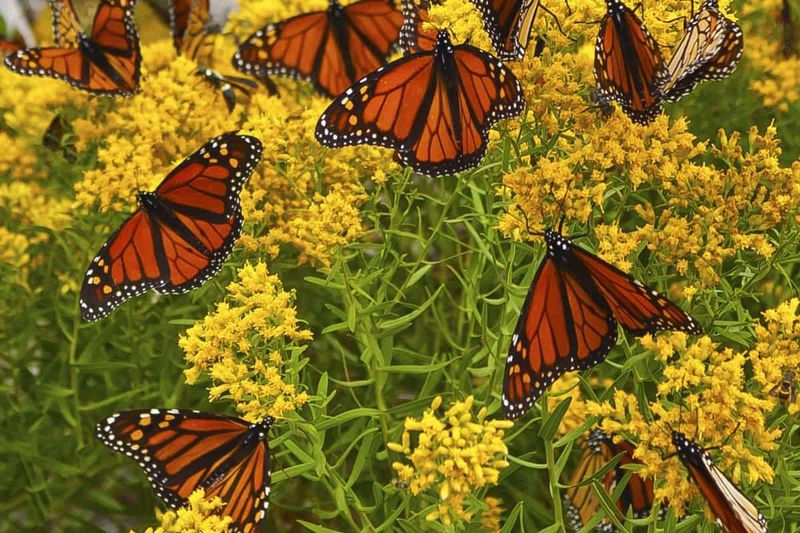
Chemical-free gardening provides safe havens for traveling monarchs. Even small pesticide exposures can disorient butterflies or weaken them for their long journey, potentially preventing them from reaching Mexico.
Creating monarch rest stops requires minimal effort. Simply leaving fall gardens slightly untidy with seed heads and late-blooming flowers provides crucial resources. Water features like shallow bird baths or wet sand areas offer hydration stations where monarchs can drink without drowning.
11. Milkweed Remains Vital Through Migration Season
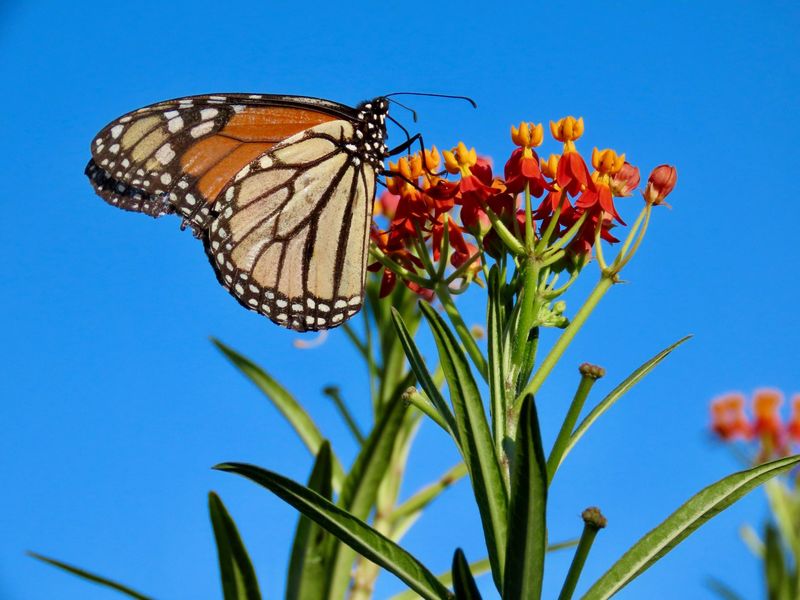
Late-season milkweed serves multiple purposes for fall migrants. While monarchs won’t lay eggs during migration, these plants still provide essential nectar from their flowers and familiar rest stops along ancestral routes.
Georgia’s native milkweed species shine in autumn. Butterfly weed and swamp milkweed offer both nectar and symbolic importance as the sole host plant for monarch caterpillars. Some late-migrating females may even lay eggs on these plants if unusually warm weather delays their departure instinct.
12. Georgia’s Monarchs Make A One-Way Journey South
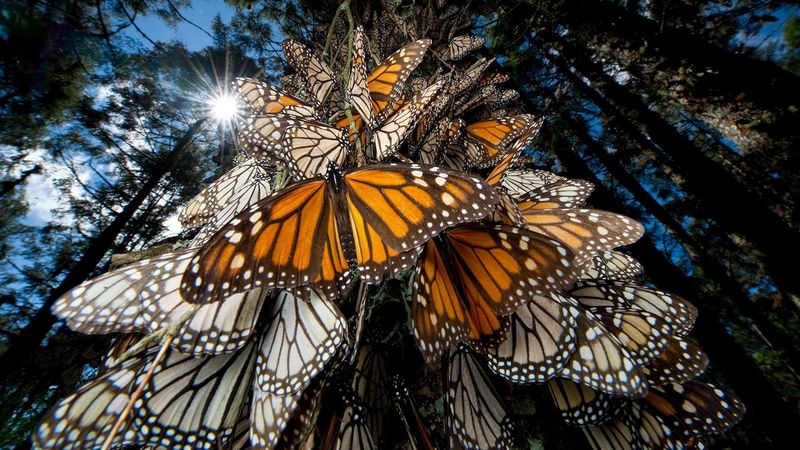
The butterflies passing through Georgia represent a special generation. Unlike their parents and grandparents who lived just 2-5 weeks, these “super monarchs” can survive 8 months to complete migration and winter in Mexico.
Their internal compass guides them to mountains they’ve never seen. Using a combination of sun position, Earth’s magnetic field, and genetic programming, these remarkable insects navigate to specific forest groves in Mexico that their ancestors left the previous spring.


